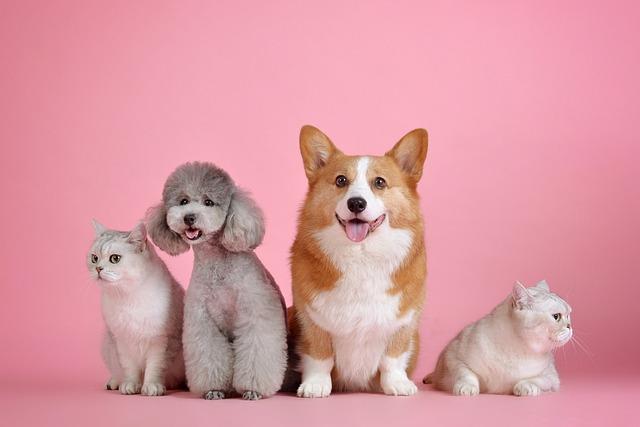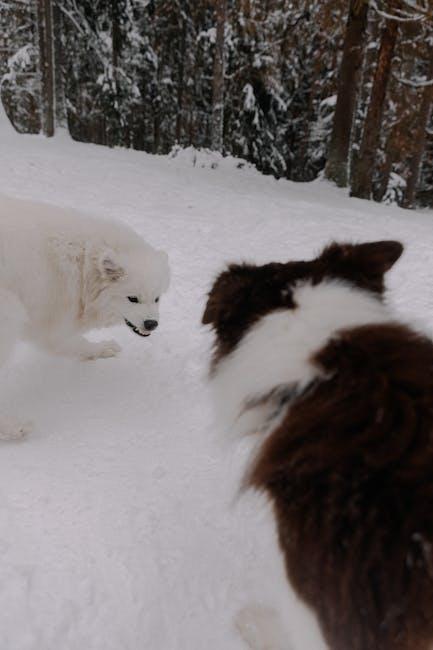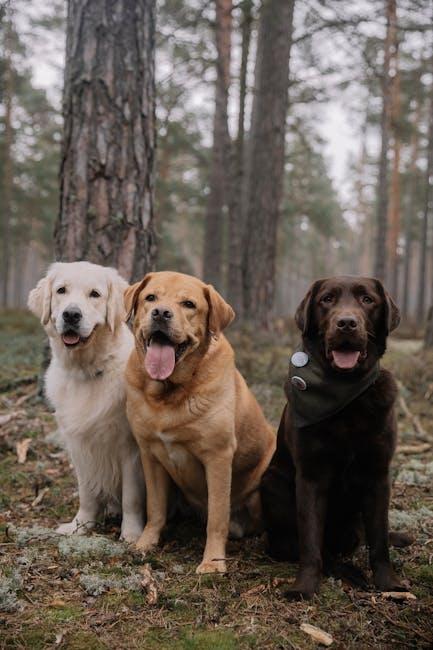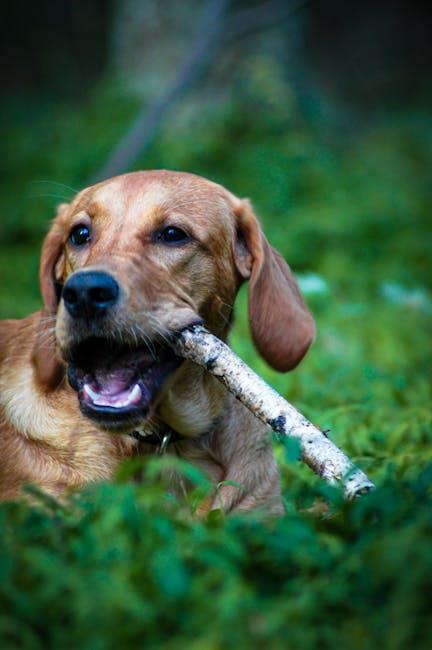Welcoming a dog into your life is a journey filled with joy, companionship, and a fair share of challenges. As responsible pet owners, nurturing our furry friends to become well-behaved members of the family is a rewarding experience. While treats are a common tool for training, relying solely on them may not always be feasible or beneficial for your dog’s long-term behavior. Fortunately, there are numerous ways to reinforce good behavior in dogs that go beyond the treat jar. In this article, we’ll explore a variety of effective, treat-free techniques that foster a positive learning environment and strengthen the bond between you and your canine companion. Whether you’re a new pet parent or a seasoned dog owner, these methods will empower you to guide your dog toward being the best version of themselves, all while nurturing a deeper connection built on trust and understanding.
Building a Strong Bond through Positive Reinforcement
Establishing a rewarding environment for your dog involves more than just handing out treats. Instead, focus on fostering positive behaviors with a variety of reinforcement techniques that strengthen your connection with your furry friend. Verbal praise is a powerful tool; use an enthusiastic tone to convey your approval, making sure your words are both consistent and specific. For instance, when your dog sits on command, saying “Good sit!” can make the praise more meaningful. Physical affection like gentle petting or belly rubs can also serve as a delightful reward, reinforcing the bond between you and your dog through touch.
Consider incorporating playtime as a form of positive reinforcement. A quick game of fetch or tug-of-war can be just as rewarding as a treat, especially if your dog is playful by nature. Engage them with their favorite toys, and use these moments to celebrate their good behavior. Furthermore, freedom can be a significant motivator. Allowing your dog to explore a new area or giving them a break from training can signal your approval of their actions. Lastly, using a clicker or other sound-based cues can help mark desired behaviors effectively, providing a clear signal that your dog has done well. By diversifying your reinforcement strategies, you not only encourage good behavior but also nurture a lasting, loving relationship with your dog.

Engaging Your Dog with Interactive Play and Praise
One of the most effective ways to encourage good behavior in your furry friend is through interactive play coupled with positive reinforcement. Dogs thrive on attention and mental stimulation, so using play as a reward can be incredibly motivating. Consider activities that require your dog to think and engage, such as puzzle toys, hide-and-seek, or agility exercises. These activities not only provide a fun bonding experience but also keep your dog mentally sharp.
- Praise: Dogs love to please their owners, and a simple, enthusiastic “good boy” or “good girl” can work wonders.
- Playtime: Use toys that your dog loves, like a squeaky ball or a tug rope, to reward good behavior.
- Affection: Never underestimate the power of a good belly rub or a scratch behind the ears.
Incorporating these strategies into your routine not only reinforces good behavior but also strengthens the bond between you and your dog. Always remember to keep the activities varied and exciting to maintain your dog’s interest and enthusiasm.

Consistency is Key: Establishing a Routine for Success
When it comes to reinforcing good behavior in dogs, establishing a consistent routine can be incredibly powerful. By setting clear expectations and maintaining a regular schedule, your dog learns what behaviors are rewarded and expected. This approach doesn’t rely on treats, but rather on creating a stable environment where your dog knows what to anticipate. Here are some effective methods to encourage good behavior:
- Verbal Praise: Use a cheerful tone and clear words like “Good boy!” or “Well done!” to acknowledge positive behavior.
- Physical Affection: Dogs thrive on affection. A pat on the head, a belly rub, or a gentle scratch behind the ears can be as rewarding as a treat.
- Playtime: Reward your dog with a favorite game or toy. This not only reinforces good behavior but also strengthens your bond.
- Consistency in Commands: Use the same commands and signals every time. This helps your dog understand what is expected and feel secure in their actions.
By integrating these strategies into your daily routine, you not only reinforce positive behaviors but also build a trusting and harmonious relationship with your furry friend. Remember, the key is to be patient and persistent, ensuring your dog feels secure and understood in their environment.

Understanding Your Dog’s Needs and Signals
Recognizing and responding to your dog’s natural signals is key to reinforcing positive behavior without relying on treats. Dogs communicate through a variety of cues, such as tail wagging, ear positioning, and vocalizations. By paying close attention to these signals, you can better understand what motivates and satisfies your furry friend. When your dog exhibits good behavior, such as sitting quietly or coming when called, reward them with what they love most—your attention. This could be a gentle pet, a playful interaction, or even a joyful tone of voice.
- Verbal Praise: Use a warm and enthusiastic tone to let your dog know they’ve done well. Words like ”good boy” or “well done” can go a long way.
- Physical Affection: A belly rub or a scratch behind the ears can be as rewarding as a treat for many dogs.
- Playtime: Engage in a favorite game, such as fetch or tug-of-war, as a reward for good behavior.
- Freedom: Allow them some off-leash time in a safe area as a special treat for listening to commands.
By focusing on these forms of positive reinforcement, you help your dog associate good behavior with the love and attention they crave, fostering a deeper bond between you both.

